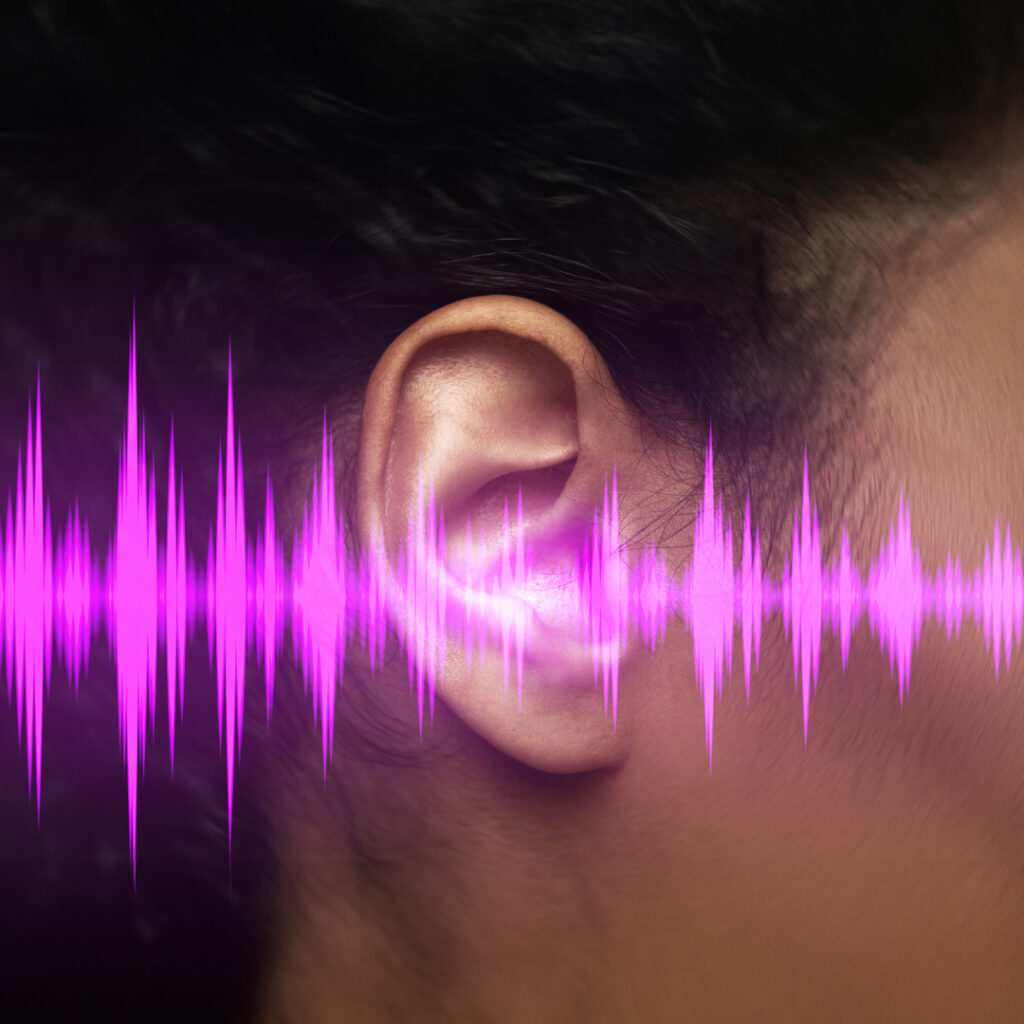Unlocking the Power of Sonic Branding: More Than Just a Jingle
2 Minute Read
What is Sonic Branding?
Sonic branding is the auditory equivalent of a logo, using jingles, sound effects, or musical motifs to make a brand instantly recognizable. It’s more than just a catchy tune, it’s a strategic tool based on psychology and neuroscience to evoke emotions and reinforce brand identity.
Why Sound Matters
Sound is deeply connected to emotions and memory. Unlike visuals, which require interpretation, sound triggers instinctive reactions. Think of Intel’s five-note “bong” or Netflix’s “ta-dum,” they don’t just grab attention, they shape perception and brand recall.
The Science Behind Sound
• Emotional Impact: The brain’s limbic system processes emotions, making sound a powerful memory trigger. That’s why old jingles stick with us.
• Speed of Processing: Sound travels to the brain faster than visuals, triggering immediate reactions. This is why we respond quicker to a honk than to a flashing light.
• Pitch & Frequency: High-pitched sounds signal excitement, while deeper tones convey authority and calmness. Apple’s startup chime is a great example, simple yet reassuring.
Memorable Sonic Branding Examples
• Intel: Five-note chime conveys innovation and reliability.
• Netflix: “Ta-dum” primes viewers for an immersive experience.
•T-Mobile: Four-note jingle ensures instant recognition.
• Microsoft Teams: Friendly notification sound reflects collaboration.
• Hyundai EVs: Futuristic startup sound aligns with eco-friendly innovation.
The Evolution of Sonic Branding
With AI and personalization, brands are moving beyond jingles. Future sonic branding will adapt to user preferences; imagine a custom notification tone tailored to your music taste.
Brands are also using ambient soundscapes to shape experiences. High-end stores and hotels use background music to create a welcoming atmosphere, subtly influencing behavior.
The Future: Interactive & Inclusive Sound
Voice assistants like Siri and Alexa have made sound a two-way interaction. As AI advances, brands will use sound to build deeper, more personalized connections.
Sonic branding also plays a role in accessibility, helping people with disabilities navigate technology and public spaces. In education, sound is used to enhance learning and retention.
Sonic Branding Going Forward
Sonic branding isn’t just about marketing, it’s about creating emotional connections. As technology advances, sound will become an even greater force in shaping brand experiences. The next time you hear a familiar chime, take a moment to appreciate the thought behind it, because sound is shaping the world around us, whether we realize it or not.

